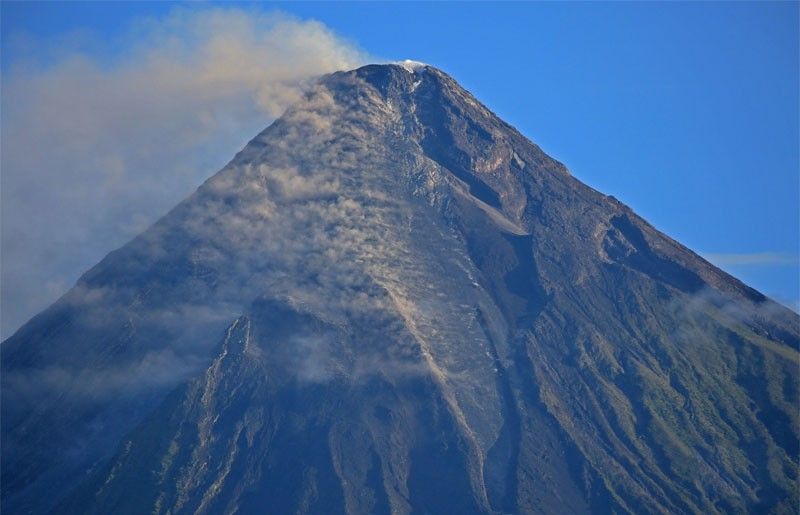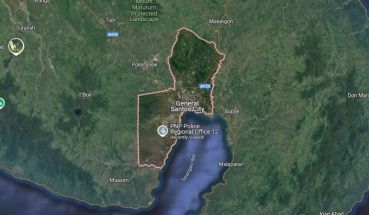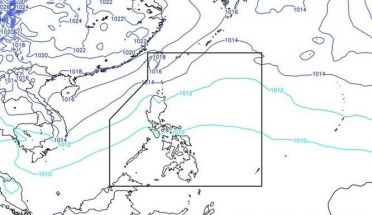Mayon’s abnormal parameters up anew

LEGAZPI CITY, Philippines — After slowing down for three days, Mayon Volcano’s abnormal parameters soared again in the past 24 hours, with lava flows extending down the slopes 3,300 meters away from the crater, state volcanologists said yesterday.
Aside from lava flows, the monitoring team of the Philippine Institute of Volcanology and Seismology (Phivolcs) recorded 33 pyroclastic density currents (PDCs) collapsing from the lava dome, 109 weak or low-frequency volcanic earthquakes and 325 rockfall events.
“Satellite monitoring showed an increase in sulfur dioxide emissions that averaged 943 tons,” Phivolcs said.
With this new development, Phivolcs reiterated that the volcano’s six-kilometer-radius permanent danger zone should remain unoccupied.
Communities within the seven- and eight-kilometer radius were advised again to be ready for evacuation should the PDC activity worsen.
Paul Alanis, Phivolcs resident volcanologist based at the Lignon Hill Observatory in this city, said they are closely monitoring the pyroclastic density currents as these could travel faster and farther downslopes than the other volcanic materials such as lava flows and collapsed debris.
“Lava flows advance very slowly, but pyroclastic density currents roll down quickly and can burn down everything along its path. We are watching the PDC activity very closely,” Alanis told The STAR yesterday.
He said some of the 33 pyroclastic density currents traveled from one to four minutes, stretching 3.3 kilometers away from the crater.
Phivolcs said that lava flows travel “very slowly” and remain at 2,800 meters at the Mi-isi Gully, but have now extended to 100 meters, or 1,400 meters at the Bonga Gully.
Collapsed debris remain at 4,000 meters from the summit crater.
Alanis said that although lava travels in different directions from the summit crater, it converges in huge gullies along the upper and middle slopes.
“These incandescent materials, when viewed at night, look like they are spewed in several directions of the summit crater. These materials gather again once these roll down and are deposited in major gullies,” Alanis said.
He said the recorded volcanic earthquakes, although high in number, could not trigger a strong explosion as these have no sufficient energy.
From 26 the other day, the volcanic quakes spiked to 109 yesterday.
Meanwhile, over P105 million in financial asistance has been provided to Mayon evacuees, Malacañang said yesterday.
The assistance came from the Department of Social Welfare and Development, local government units and non-government organizations.
In a post on Facebook, the Presidential Commuications Office (PCO) said the total amount of assistance has reached P105.63 million.
As of Sunday, the government has more than P2 billion in standby funds for emergency purposes, the PCO said.
The United States’ Agency for International Development provided close to P13 million in assistance to Mayon evacuees. — Alexis Romero, Michael Punongbayan, Pia Lee-Brago
- Latest
- Trending































